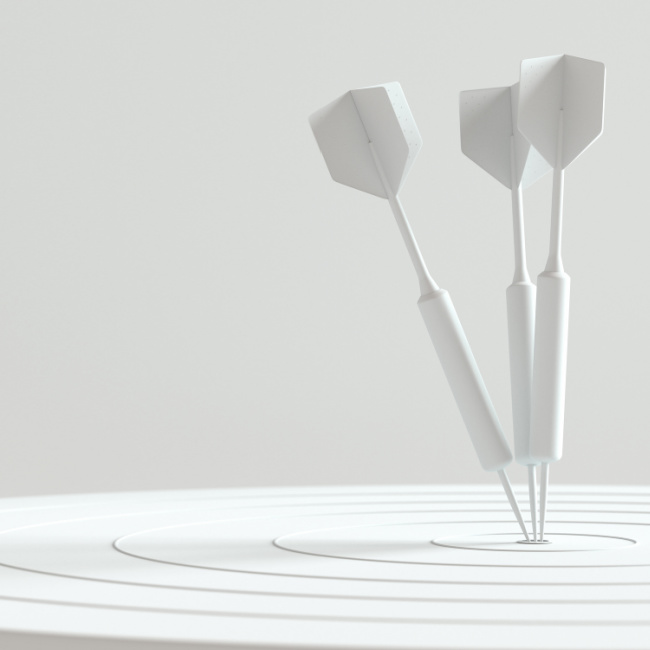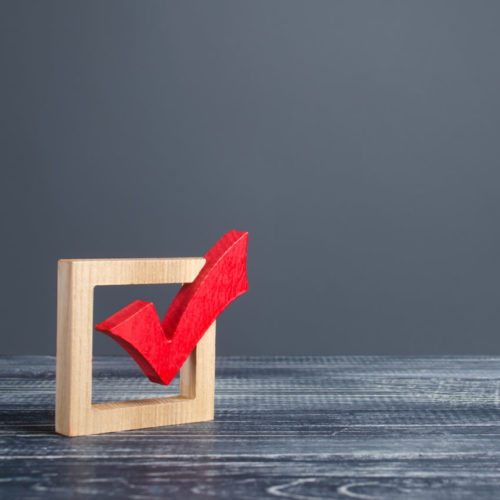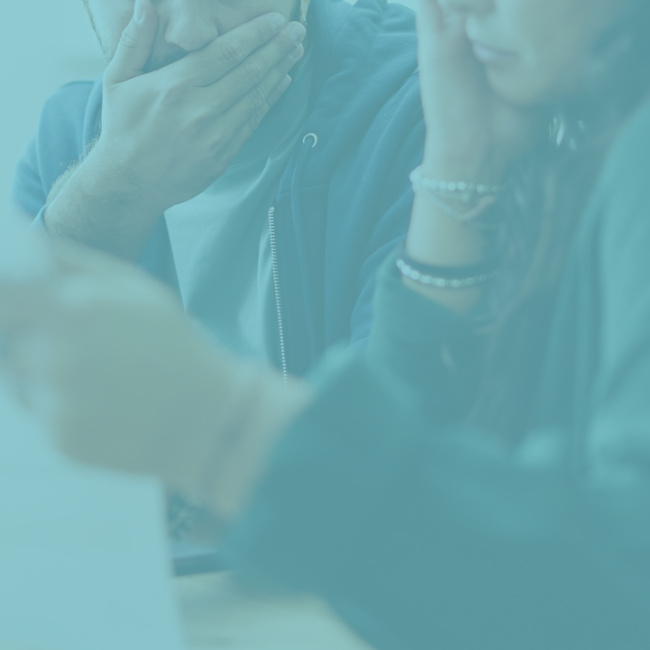Being in a situation where you’re having trouble paying your debt can be incredibly overwhelming, and if you’ve gone through personal bankruptcy before to resolve a past debt problem you may be struggling with additional feelings of frustration or even self-blame.
Although you may not have expected to be here again, if you find yourself unable to continue paying your debts it is possible to file bankruptcy more than once, or alternatively, avoid a subsequent bankruptcy by making a Consumer Proposal to your creditors instead. Read on to learn more about the options for multiple bankruptcy and insolvency filings in Canada.
Filing a Second Bankruptcy in Canada
If you are declaring personal bankruptcy, the overall process is straight-forward and quite private – and in most cases people keep all their assets. Bankruptcy means:
- A legal process to get forgiveness for virtually all types of debt, including government debts.
- Protection for your assets and income that may otherwise be vulnerable to creditors.
- Stopping debt-stress, never-ending balances and ultimately achieving a financial fresh start.
If you need to file for bankruptcy a second time, there will be some differences to the process from that of an initial (first-time) bankruptcy – also, you do not need to use the same Licensed Insolvency Trustee that you did the first time. We encourage people to work with a Licensed Insolvency Trustee firm where you feel heard, respected and supported.
After starting bankruptcy and moving towards your release (discharge) there are a few main functions you need to complete. Sands & Associates aims for an upfront approach and will discuss the details of what to expect with you before you move ahead. You can anticipate completing items like:
- A monthly “Statement of Income & Expenses” budgeting form for household earnings and spending.
- Having two private one-on-one financial counselling sessions with a Qualified Insolvency Counsellor.
Learn More About How Bankruptcy Protects Your Assets and Income
Time to Discharge in a Second Bankruptcy
If you’ve completed bankruptcy once before, the most noticeable difference will be the length of time you will be “in bankruptcy” for in a subsequent filing. Assuming (as in most cases) there are no contentious issues:
- If your household income falls below the government low-income thresholds you will be eligible for an automatic discharge (i.e., exit) from bankruptcy after 24 months.
- Where you have higher income and are required to pay what’s called ‘surplus income’ this period of bankruptcy will be extended to 36 months.
- In a first bankruptcy these two respective periods are nine months until automatic discharge (where no surplus income is required) and extending to 21 months where surplus income is required.
- If you are in a situation where you are filing a third bankruptcy you won’t be eligible for an automatic discharge. In these less-common situations your Trustee will make a routine application to court to apply for your discharge from bankruptcy.
Cost to File a Second Bankruptcy
- The cost to file a second bankruptcy will be higher than the first time. If your income is below the low-income threshold (meaning you do not have surplus income requirements), the cost of a basic second bankruptcy will be $7,200, usually paid in monthly installments over the 24-month period of bankruptcy.
The cost of filing bankruptcy is usually substantially less than repaying all your debts in full, plus any ongoing interest charges, and in most bankruptcies only the administrative fee will apply.
Impact of a Second Bankruptcy on Credit History
- Whereas a first bankruptcy will show on your credit history for six years following your discharge from bankruptcy (which is normally nine months after filing), a second bankruptcy will renew the expired first-time note and both filings will reflect on your credit history for 14 years after your discharge from each.
- Should you choose to file bankruptcy again, it’s important to understand bankruptcy is not a permanent mark on credit history, and you can apply for new credit at any point. Many mainstream credit products are available to people within a few years after bankruptcy, if not sooner than that.
If you’re hesitant about the potential longer-term impact to your credit history from filing bankruptcy again, this may be another reason to consider a Consumer Proposal as an alternative solution to consolidate and cut debt. Learn more about the different Options for Debt Forgiveness.
When is Filing for Personal Bankruptcy the Best Option?
Can I File Bankruptcy Again If I Haven’t Been Discharged?
You can’t file for bankruptcy again if you haven’t yet been discharged from your prior bankruptcy.
- Having an overdue discharge from bankruptcy can present different challenges and be particularly problematic if your creditors have recommenced pursuing you for debts related to your unfinished (undischarged) bankruptcy.
- Don’t delay in connecting with your Licensed Insolvency Trustee if you are experiencing any difficulty in completing your bankruptcy. We’re here for you and it is our goal for you to exit bankruptcy and achieve debt forgiveness in the shortest timeframe possible.
If for whatever reason you haven’t finished (been discharged from) your first bankruptcy, in some cases you can use a Consumer Proposal to effectively annul (cancel) your bankruptcy and instead repay a portion of your consolidated debt by filing a Consumer Proposal.
Alternative to Bankruptcy – What is a Consumer Proposal?
It’s important to understand both how a second bankruptcy would work for you and consider all your options. Most often people choose to avoid bankruptcy whenever possible and there continues to be an increase in the number of clients opting to file a Consumer Proposal to achieve consolidation and partial debt forgiveness.
Many individuals struggling with debt and considering a second (or even third) bankruptcy find a Consumer Proposal is a more appealing solution for several different reasons – but no two situations are exactly alike, and you need to choose what’s right for you.
A Consumer Proposal is not bankruptcy – it is a unique alternative to both consolidation loans and bankruptcy that allows you to consolidate and legally clear debt. Consumer Proposals can:
- Consolidate virtually all your debts, stopping interest charges and cutting the amount you need to repay to satisfy your debt in full (reductions up to 50-80% are common).
- Tailor your debt repayment terms to suit your specific situation and needs (monthly payments are most common).
- Provide a way to consolidate debt without borrowing, including credit card debt, overdrafts, tax debt, ICBC debt, payday loans, student loans and more.
- Give you breathing room from your debt and protection from creditors.
- Offer a clear “debt-free” date (but you can pay off your Consumer Proposal early any time).
Like personal bankruptcy, Consumer Proposals are only accessible working with a Licensed Insolvency Trustee. BC residents can simply connect with Sands & Associates, we’ll help you understand if and how a Consumer Proposal could work for you.
How Much Debt will a Consumer Proposal Eliminate?
Can I File for Bankruptcy if I’ve Done a Consumer Proposal Before?
Yes, it is possible to declare personal bankruptcy if you’ve completed a Consumer Proposal before. In this situation the bankruptcy process would follow the same as for a person doing an initial (first) bankruptcy and their prior Consumer Proposal would create no penalty in the bankruptcy.
- Although less common, some people who have experienced a change in circumstances to such a degree that their ongoing Consumer Proposal is no longer manageable, may choose to ‘cancel’ their unfinished Consumer Proposal by filing for bankruptcy instead.
- There are options within the Consumer Proposal process intended to accommodate changes of this nature though, making abandoned Consumer Proposals rare – however, this does illustrate that you do not lose your ‘right’ to file for bankruptcy by choosing a Consumer Proposal.
Dealing with a Debt Problem
Because debt is often brought on or overextended by circumstances or events out of our personal control, burdensome debt can re-occur. Loss of income, relationship breakdown, illness and accidents are among the top contributing factors to consumer debt problems.
- According to the 2019 Canadian Consumer Debtor Profile, in 2019 22% of Canadian consumers who filed bankruptcy or made a Consumer Proposal had previously filed for bankruptcy.
A debt problem is unlikely to resolve itself, and although it can feel difficult to ask for help, particularly if you feel self-conscious or anxious about seeking professional support again, know that the debt you may be carrying, and all its emotional weight do not define you!
There’s no need to wait until you’re facing a high-stress situation to reach out for help – it’s best to understand your situation, the solutions, and seek knowledgeable advice early on. At Sands & Associates we offer supportive debt management services with care, respect and above all without judgment.
Get confidential advice about dealing with debt or get started with your debt-free plan. Sands & Associates’ team of caring BC experts is here for you. Book your free non-judgmental debt consultation today.






